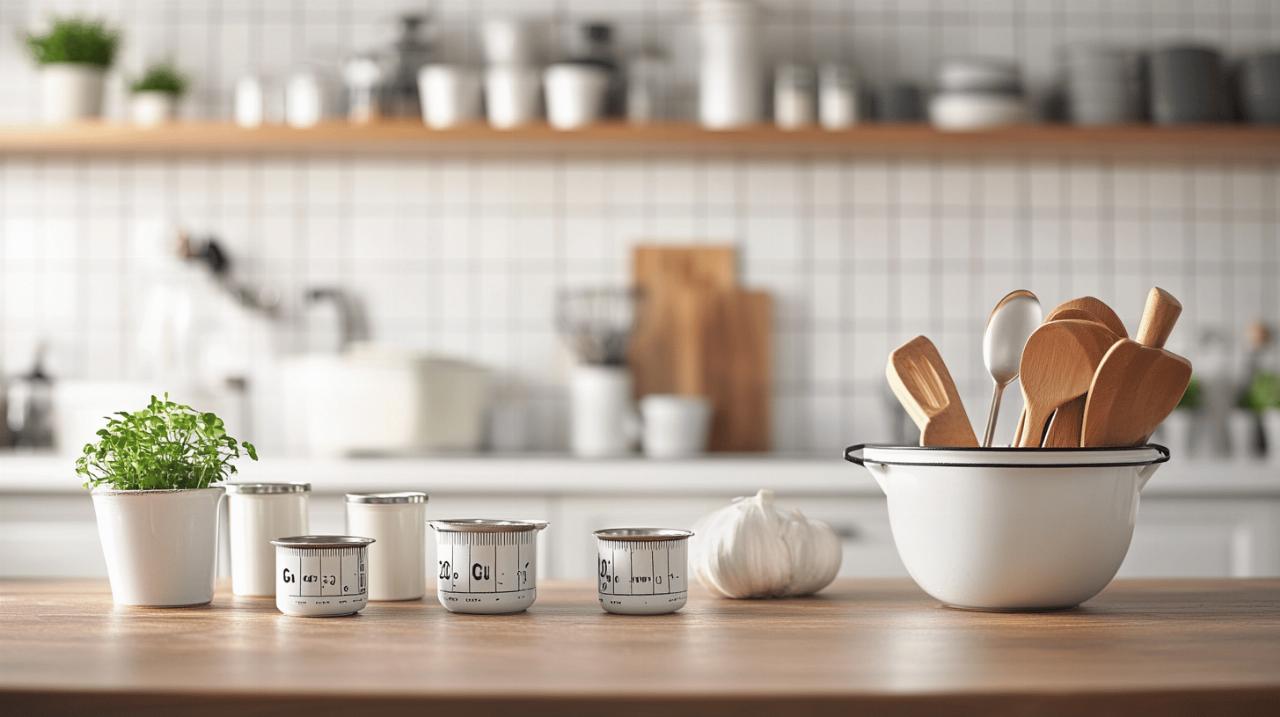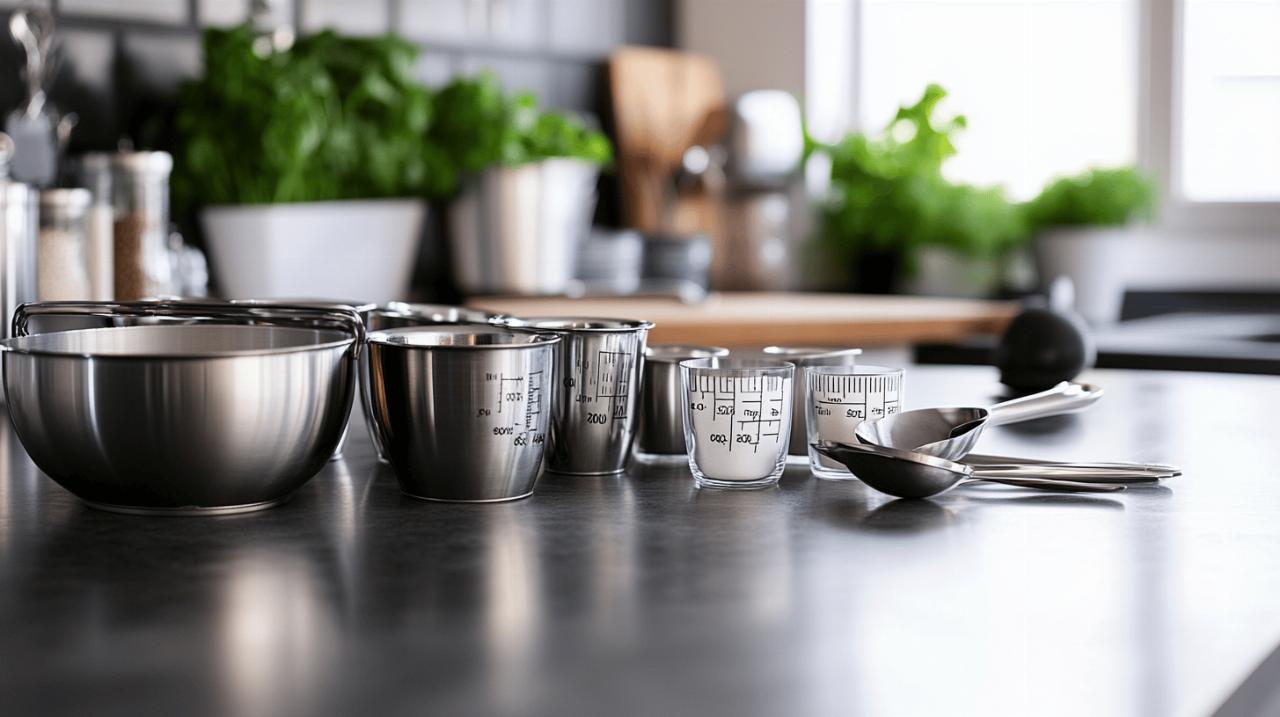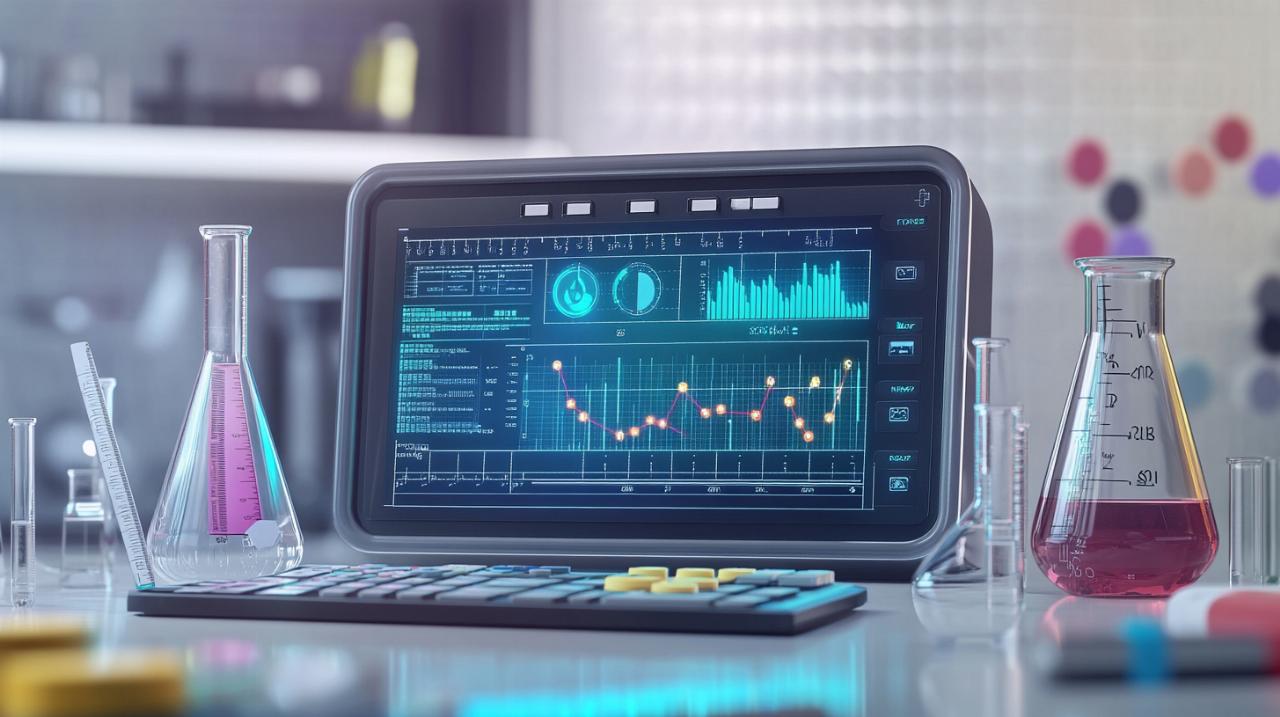Cooking and baking are pursuits that demand more than just creativity and a passion for food. Precision in measurement transforms a good dish into a truly exceptional one, and understanding how to navigate between different units of volume can make all the difference in achieving consistent results. For anyone who has ever encountered a recipe listing ingredients in centilitres whilst their measuring jug displays millilitres, the ability to convert between these units quickly and accurately becomes invaluable. This guide explores the essential principles behind such conversions and the tools that every kitchen should house to ensure culinary success.
Understanding the Basics: Millilitres and Centilitres Explained
What Are Millilitres and Centilitres in Metric Measurements
The metric system offers a straightforward approach to measuring volume, relying on units that scale in powers of ten. Millilitres and centilitres are both part of this elegant system, serving as smaller subdivisions of the litre. A millilitre represents one-thousandth of a litre, making it a particularly useful unit for measuring smaller quantities of liquids in recipes. The centilitre, meanwhile, equals one-hundredth of a litre, positioning it as a middle ground between the millilitre and the litre itself. Understanding that one centilitre contains exactly ten millilitres is fundamental to mastering kitchen measurement conversion. This relationship means that converting between these two units is a matter of simple multiplication or division, a task that becomes second nature with practice.
Whilst millilitres are commonly seen on measuring jugs and kitchen scales throughout the United Kingdom, centilitres appear frequently in European recipes and on beverage containers. Recognising both units and being comfortable with switching between them allows home cooks to explore international recipes without hesitation. The beauty of the metric system lies in its consistency, and once the basic relationship between units is grasped, the process of converting measurements becomes almost instinctive.
Why kitchen conversions matter for accurate cooking
Accurate measurement is the backbone of successful cooking and baking. When a recipe calls for a specific volume of liquid, even a small deviation can alter the texture, flavour, and overall outcome of the dish. Baking, in particular, is often described as a science, where the precise balance of ingredients determines whether a cake rises properly or a pastry achieves the desired flakiness. Recipes originating from different countries may use varying units of measurement, and the ability to convert these units ensures that the dish turns out as intended, regardless of its origin.
Beyond the technical requirements, understanding kitchen conversions empowers cooks to adapt recipes with confidence. It eliminates the frustration of encountering unfamiliar units and allows for a seamless transition between cookbooks, online resources, and family recipes passed down through generations. Moreover, accurate measurement helps in scaling recipes up or down, whether preparing a small batch for a quiet dinner or catering for a larger gathering. In this way, measurement precision is not merely a matter of following instructions but a skill that enhances culinary creativity and consistency.
The Simple Maths: Converting 200 ml to cl Step by Step
The Division Method: How to Calculate ml to cl Conversions
Converting millilitres to centilitres is a straightforward process that relies on basic arithmetic. Since one centilitre equals ten millilitres, the conversion involves dividing the number of millilitres by ten. For instance, when faced with the task of converting two hundred millilitres to centilitres, one simply divides two hundred by ten, yielding twenty centilitres. This simple operation is the cornerstone of volume measurement conversion in the kitchen and can be applied to any value expressed in millilitres.
Another way to visualise this conversion is by considering the decimal point. Moving the decimal point one place to the left transforms a millilitre value into its centilitre equivalent. Thus, two hundred millilitres, written as 200.0, becomes twenty centilitres when the decimal shifts left to 20.0. This method is particularly useful for those who find mental arithmetic challenging or when dealing with less conventional volumes. The reverse process, converting centilitres to millilitres, is equally simple and involves multiplying by ten or moving the decimal point one place to the right.
Quick reference guide for common kitchen volume conversions
Whilst the division method is reliable, having a mental reference for commonly used volumes can speed up the cooking process. Ten centilitres, for example, equals one hundred millilitres, a measurement often found in recipes for sauces or dressings. Twenty centilitres, equivalent to two hundred millilitres, is a typical quantity for liquids such as milk or stock in many dishes. Thirty centilitres translates to three hundred millilitres, whilst fifty centilitres corresponds to five hundred millilitres, or half a litre. At the larger end of the scale, one hundred centilitres equals one thousand millilitres, which is precisely one litre.
Beyond centilitres and millilitres, kitchen conversions also encompass other metric and imperial units. Fluid ounces, cups, pints, and quarts are common in recipes from the United States and older British cookbooks. Understanding that one fluid ounce is approximately thirty millilitres, or that one US cup holds around two hundred and forty millilitres, broadens the scope of recipes one can tackle. Meanwhile, UK cups are slightly larger at two hundred and fifty millilitres. Familiarity with these equivalents, combined with the ability to convert between centilitres and millilitres, equips any cook to navigate the diverse world of international cuisine with ease.
Must-have measuring tools for your kitchen
Choosing the Right Measuring Jugs and Beakers
 A well-equipped kitchen relies on quality measuring tools that provide accuracy and ease of use. Measuring jugs and beakers are indispensable for handling liquid ingredients, offering clear markings in both millilitres and centilitres. When selecting a measuring jug, it is important to choose one made from durable materials such as glass or sturdy plastic. Glass jugs, such as those from brands like Pyrex or Luminarc, are particularly popular due to their resistance to staining and their ability to withstand both hot and cold liquids. Clear markings on these jugs allow for precise measurement, reducing the risk of errors that can compromise a recipe.
A well-equipped kitchen relies on quality measuring tools that provide accuracy and ease of use. Measuring jugs and beakers are indispensable for handling liquid ingredients, offering clear markings in both millilitres and centilitres. When selecting a measuring jug, it is important to choose one made from durable materials such as glass or sturdy plastic. Glass jugs, such as those from brands like Pyrex or Luminarc, are particularly popular due to their resistance to staining and their ability to withstand both hot and cold liquids. Clear markings on these jugs allow for precise measurement, reducing the risk of errors that can compromise a recipe.
Beakers and graduated cylinders, often associated with scientific laboratories, have also found a place in the modern kitchen. Their narrow design and precise calibration make them ideal for measuring smaller volumes with great accuracy. For those who frequently prepare cocktails, sauces, or dressings, a beaker can be an invaluable addition to the toolkit. It is also worth investing in a set of measuring spoons, as these are essential for handling smaller quantities of liquids and dry ingredients. One tablespoon holds approximately fifteen millilitres, whilst a teaspoon contains around five millilitres, and these equivalents are crucial when following recipes that call for teaspoons to tablespoons conversions.
Digital scales and conversion charts: modern kitchen essentials
Whilst measuring jugs are excellent for liquids, digital kitchen scales provide unparalleled precision for both dry and liquid ingredients. These scales can display measurements in grams and millilitres, and many models offer the option to switch between metric and imperial units with the press of a button. Using a kitchen scale is particularly advantageous when dealing with ingredients that vary in density, such as flour or sugar. For example, one cup of flour weighs approximately one hundred and twenty grams, whilst one cup of sugar is closer to two hundred grams. Measuring by weight rather than volume eliminates the inconsistencies that can arise from packing or scooping techniques.
Conversion charts are another valuable resource, offering quick reference tables that list common conversions between grams, millilitres, tablespoons, teaspoons, and cups. Many charts also include ingredient-specific values, accounting for the fact that butter, milk, and flour each have different densities and therefore convert differently between volume and weight. Laminated charts that can be affixed to a cupboard door or kept in a recipe binder are particularly practical, as they withstand spills and frequent use. For those who prefer digital solutions, numerous apps and online calculators provide instant conversions, allowing cooks to input a value and receive the equivalent in their desired unit. These tools, combined with reliable measuring jugs and scales, form the foundation of a kitchen that values precision and consistency.
Practical Applications: Using cl and ml Measurements in Recipes
British Recipes and European Measurements: Making Sense of Both
The culinary traditions of the United Kingdom and continental Europe often intersect, and recipes from both regions may feature a mix of measurement units. British recipes, particularly older ones, might employ imperial units such as fluid ounces and pints, whilst contemporary cookbooks and European recipes tend to favour metric measurements. A standard coffee cup, for instance, holds approximately ten centilitres, or one hundred millilitres, a useful reference when a recipe calls for a cupful of liquid. A large glass typically contains twenty-five centilitres, equivalent to two hundred and fifty millilitres, whilst a bowl might hold around thirty-five centilitres or three hundred and fifty millilitres.
Understanding these everyday equivalents helps bridge the gap between casual cooking and precise recipe execution. When a recipe from France or Italy specifies twenty centilitres of lemon juice, recognising that this equals two hundred millilitres allows for accurate measurement using a standard measuring jug. Similarly, if a British recipe calls for a quarter of a pint, knowing that this is approximately one hundred and forty millilitres, or fourteen centilitres, ensures the correct quantity is used. This fluency in multiple measurement systems not only enhances one's ability to replicate dishes accurately but also fosters a deeper appreciation for the diverse culinary heritage of different cultures.
Common mistakes to avoid when converting liquid measurements
Even with the best tools and knowledge, certain pitfalls can lead to errors in measurement and conversion. One common mistake is confusing millilitres with centilitres or failing to double-check which unit a recipe specifies. Rushing through the measurement process can result in multiplying when one should divide, or vice versa, leading to incorrect proportions that can ruin a dish. Another frequent error is ignoring the importance of rounding. Whilst many conversions yield neat whole numbers, some require careful attention to decimal places, particularly when scaling recipes or working with smaller volumes.
Using the wrong type of measuring cup is another trap that home cooks may encounter. Liquid measuring cups, designed with a spout and clear markings, are meant for liquids and should be read at eye level to ensure accuracy. Dry measuring cups, on the other hand, are typically used for ingredients such as flour and sugar and are filled to the brim and levelled off. Mixing up these tools can lead to discrepancies in volume, affecting the final outcome of a recipe. Additionally, failing to account for ingredient density can cause confusion. Whilst millilitres and grams are equivalent for water, since one millilitre of water weighs one gram, the same is not true for all substances. Milk, for instance, is close to this ratio, but flour, sugar, and butter each have different densities that must be considered when converting between weight and volume.
To avoid these mistakes, it is essential to read recipes carefully, use the appropriate measuring tools, and take the time to verify conversions. Keeping a reliable conversion chart or calculator at hand can provide reassurance and prevent costly errors. Moreover, developing a habit of double-checking measurements before adding ingredients to a mixture can save a dish from disaster. With practice and attention to detail, the process of converting liquid measurements becomes second nature, allowing cooks to focus on the joy of creating delicious food rather than worrying about the maths behind it.





